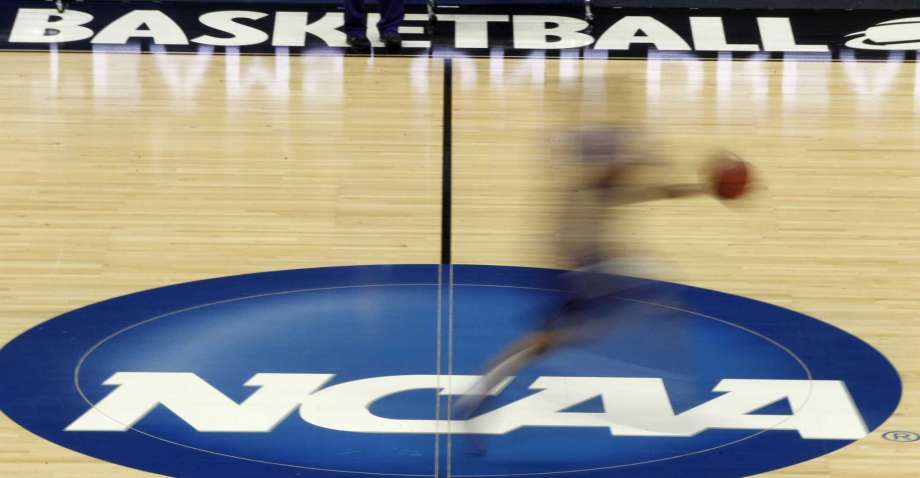By Aaron Beard, AP Sports Writer
SF Gate, February 28, 2018 —

Photo: Keith Srakocic, AP
A diversity report released Wednesday on college sports finds little progress in improving racial and gender hiring practices.
The report card from The Institute for Diversity and Ethics in Sport (TIDES) at Central Florida says NCAA member schools continue to lag behind professional leagues in hiring women and minorities. The combined overall college grade for 2017 was a C-plus with 76.7 points, up slightly from the 2016 score.
The Institute for Diversity and Ethics in Sport (TIDES) serves as a comprehensive resource for issues related to gender and race in amateur, collegiate and professional sports. The Institute researches and publishes a variety of studies, including annual studies of student-athlete graduation rates and racial attitudes in sports, as well as the internationally recognized Racial and Gender Report Card, an assessment of hiring practices in coaching and sport management in professional and college sport.
The report covers hiring for coaches and administrators such as athletic directors.
“As somebody who’s worked at a university for most of the past 48 years, it’s particularly disappointing to me because you’d think we’d be the most enlightened ones and moving toward the type of progress we’re calling for in society at a faster pace at universities,” said Richard Lapchick, the institute’s director and the lead report author. “But that’s simply not the case.”
While the sport covered a wide range of categories, it specifically pointed to a pair of concerns: hiring for athletic directors and Division I men’s basketball coaches.
Whites held 86.1 percent of AD positions at Division I schools for the 2016-17 season, 87.4 percent in Division II and 93.4 percent at Division III. And women made up just 11.2 percent of Division I ADs, though that was up from 9.8 percent in 2015-16.
Lapchick said he supports creating college rules similar to the NFL’s Rooney Rule, which requires teams to interview minority candidates for coaching and football operations positions.
Dr. Richard Lapchick, Founder and Director of the Institute for Diversity and Ethics In Sport
“You can see that the athletic directors are overwhelmingly white and male, and the question becomes: who’s in the pipeline?” Lapchick said. “When you look at the associate and assistant athletic directors, they’re also overwhelmingly white. The pipeline isn’t filled with people who are going to change the numbers.”
With Division I men’s basketball, the problem is the percentage of black head coaches hasn’t rebounded after falling in recent years from a high of 25.2 percent during the 2005-06 season. The report found that 22.3 percent of Division I men’s basketball head coaches were black in 2016-17, up from the 20.8 percent reported a season earlier.
“You always want to be improving, not going the opposite direction,” Lapchick said. “Football’s obviously a big concern but it always has been. And basketball for a long time didn’t get much scrutiny because the numbers were pretty good. And then suddenly we saw it started to drop precipitously . and we started putting the spotlight on it to make sure it got the attention.”
The report card includes data on head coaches, football coordinators, athletic directors, university presidents and faculty athletic representatives at Bowl Subdivision programs, reporting white men made up 86.9 percent of FBS head coaches in a similar number to the previous season.
The study also looked at hiring for the NCAA’s headquarters and gave high grades (B+ for race in senior leadership, B for race in professional positions, A-plus for gender in both categories).
“Our athletic departments need to catch up to the NCAA,” the report’s executive summary states.
[Read the report at www.tidesport.org.]












